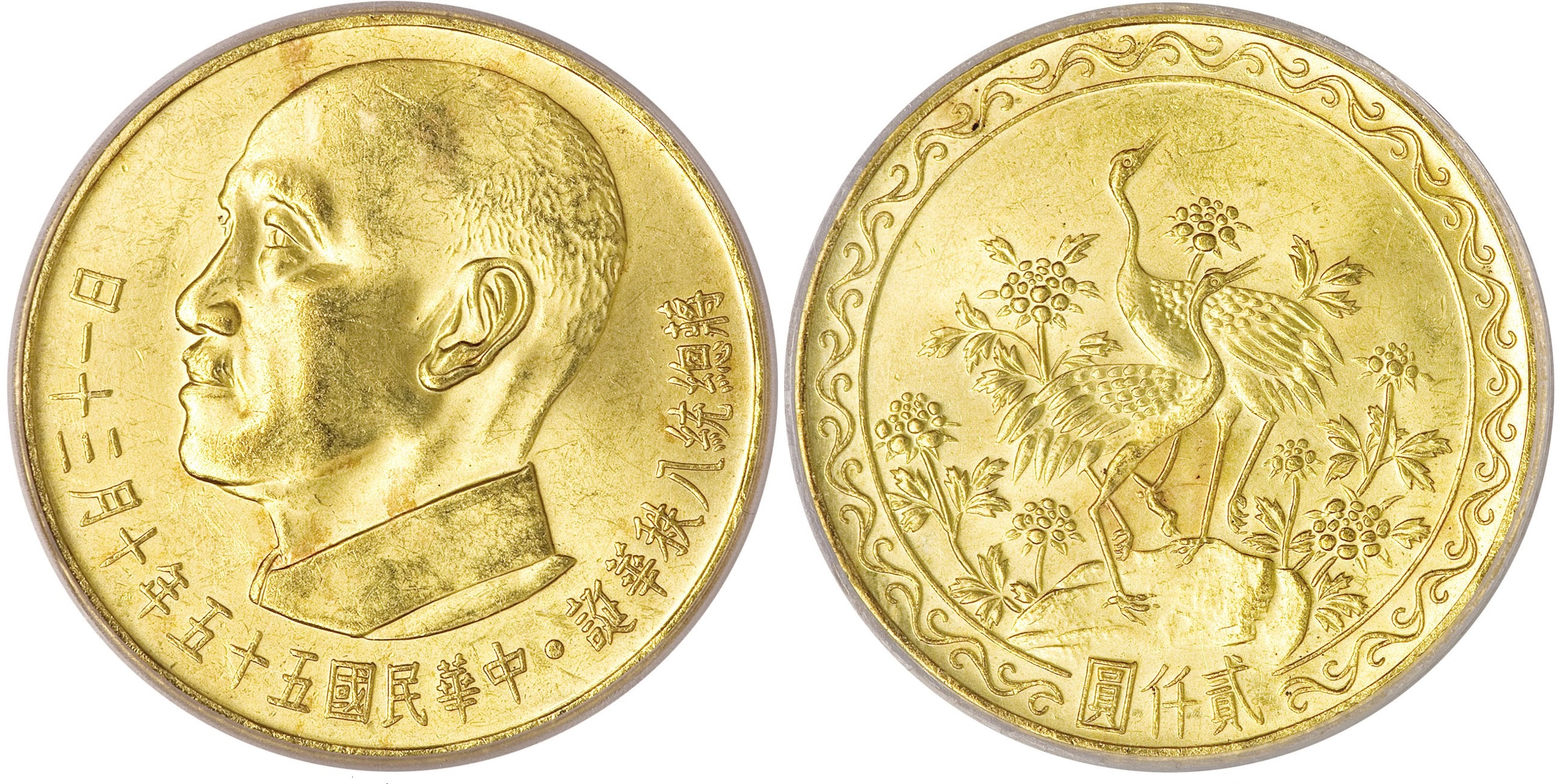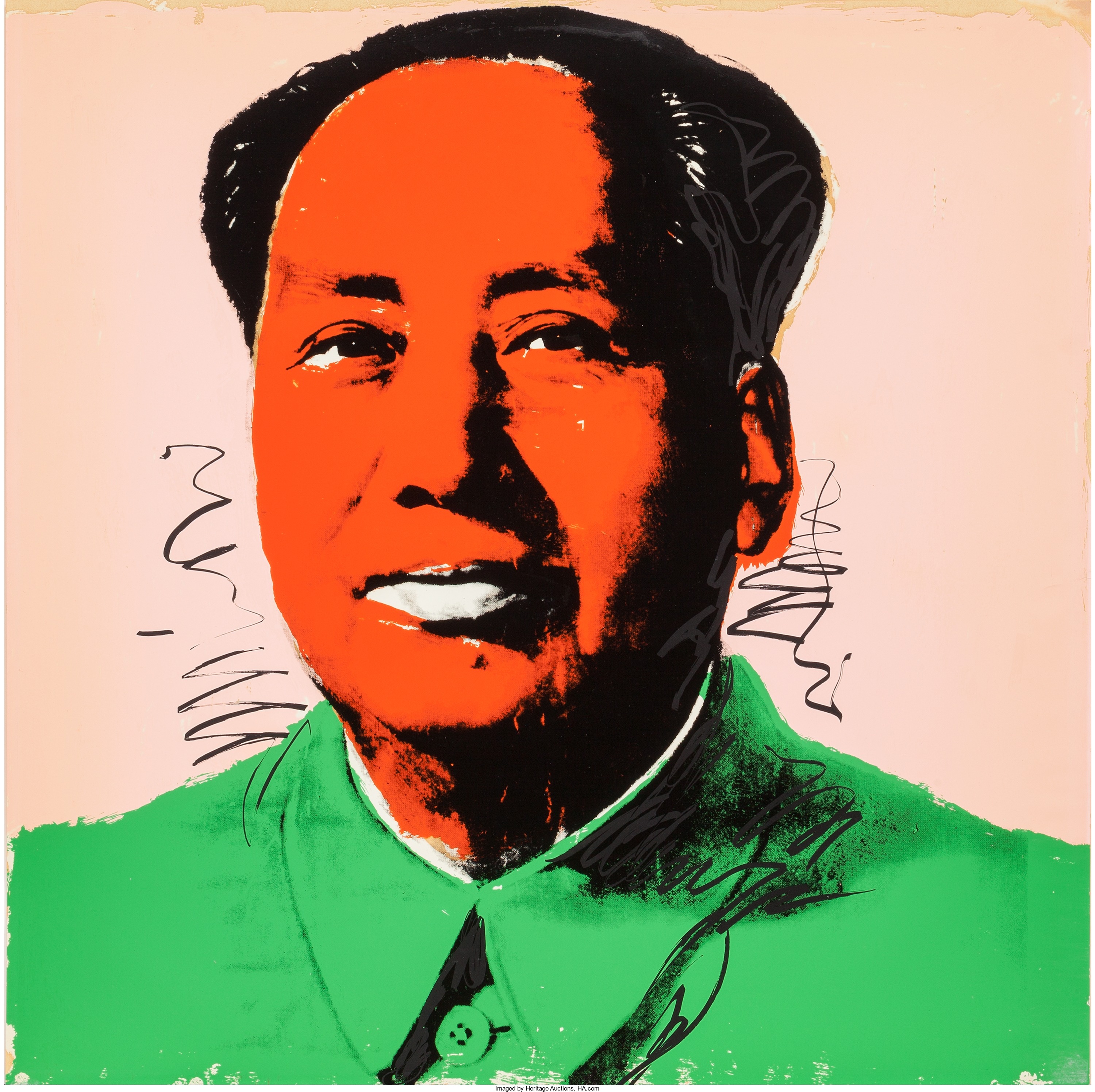
By Jim O’Neal
Chaing Kai-shek joined the Chinese Nationalist Party in 1918, succeeding founder Sun Yat-sen as the leader. In 1925, he expelled Chinese Communists from the party and led a successful reunification of China. When the Allies declared war on Japan in 1941, China took its place among the Allied nations.
Chaing may have been an ally of the United States, but he presided over a corrupt society made ungovernable by China’s decade-long occupation at the hands of the Japanese and the growing strength of communist revolutionary Mao Zedong. Inflation was rampant, as was starvation, but Chiang’s police crushed opposition and no amount of American pressure could dissuade him.
In 1946, George Marshall made a valiant effort to consolidate power between Chiang and Mao, but it proved futile. As the Cold War advanced, Americans saw their own security at risk by supporting the anti-communists. Then, the Communist Revolution created an ardent hatred of all things American, followed by more bad news in September 1949. As the last of the Chinese Nationalists fled to Formosa (now Taiwan), a squadron of USAF B-29s detected traces of radioactive material while flying over the North Pole. This provided irrefutable evidence that the Soviet Union had successfully exploded their first atomic bomb.
Americans were disillusioned. This was not the way things were supposed to go. Right was supposed to triumph over wrong, freedom over oppression, God over the godless. Hadn’t the Allies just finished proving this on the beaches of Normandy and in the vast waters of the Pacific? And hadn’t the gods determined that Americans alone should possess the atomic secrets to keep the forces of evil in check?
Mao’s victory and Joseph Stalin’s bomb forced a reconsideration of plans for occupied Japan, for now the line between East and West had to be drawn even more firmly, and every American decision had to be viewed through the prism of the Cold War. The initial strategy, as it had been for occupied Germany, had been to halt Japan’s capacity for future aggression, to disarm the former enemy and slowly introduce democracy. But, just as the Russian actions in Eastern Europe had changed the pace of reeducation in West Germany, the victory of the Chinese Communists made it essential that Japan be immediately strengthened to resist the spread of the Red Tide in Asia.
General Douglas MacArthur, the supreme commander of occupied Japan, had personally written the new Japanese constitution, which banned “land, sea and air forces” and stated any war potential “will never be maintained – or the development of a military industry.” Just three years after the end of the war, that ban was lifted, creating a “self-defense force” of 75,000.
Today, as North Korean nuclear threats continue to grow, there are discussions about Japan assuming total responsibility for their own defense, including the possibility of a nuclear deterrence, something that many believe could be viable in a matter of months.
We seem to be incapable of eradicating or even mitigating war capabilities. Maybe there is just too much profit potential involved.
 Intelligent Collector blogger JIM O’NEAL is an avid collector and history buff. He is president and CEO of Frito-Lay International [retired] and earlier served as chairman and CEO of PepsiCo Restaurants International [KFC Pizza Hut and Taco Bell].
Intelligent Collector blogger JIM O’NEAL is an avid collector and history buff. He is president and CEO of Frito-Lay International [retired] and earlier served as chairman and CEO of PepsiCo Restaurants International [KFC Pizza Hut and Taco Bell].

